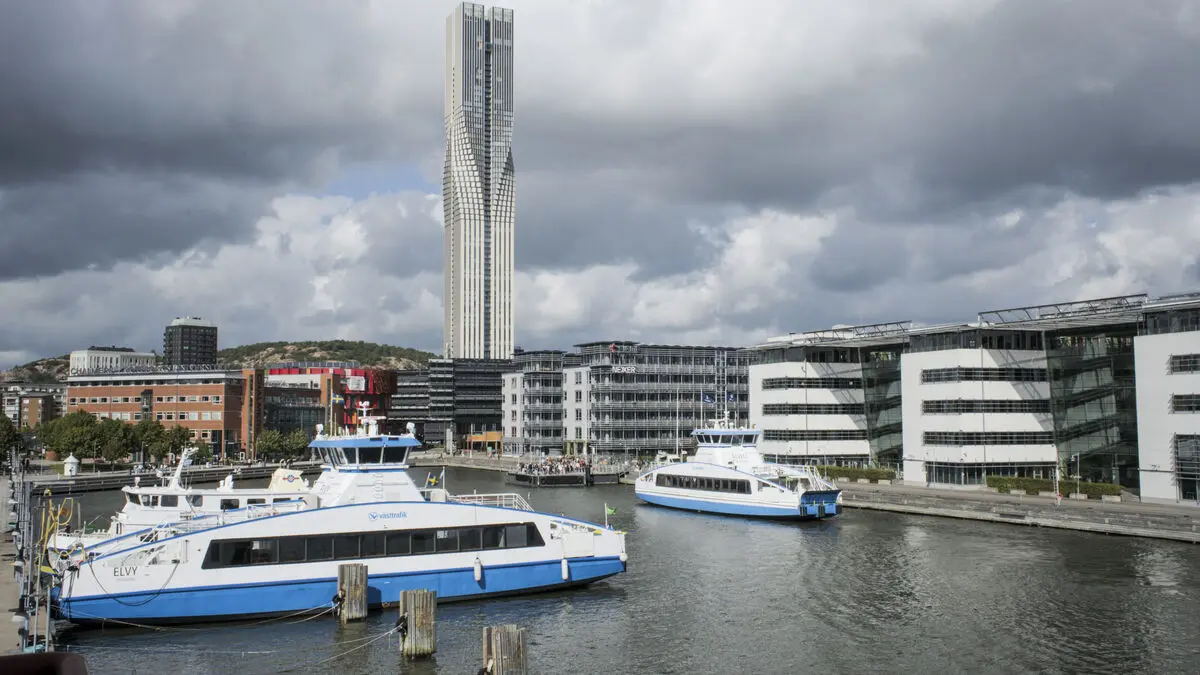More than half a million residential customers now have an electricity network fee (as opposed to the actual cost of electricity) that is to some extent controlled by how much electricity is drawn at the same time, it is called an impact tariff. If the washing machine, kettle, dishwasher and electric car charger are running at the same time, it will be more expensive.
If electricity consumers can be persuaded to spread their use over the day, the load on the electricity grid will be reduced. Then the same powerful electricity grids will not be needed.
Cropped tops
A little more than 20 of the country's 170 electricity grid companies have switched to power tariffs, according to the Energy Market Inspectorate (Ei). From 2027, all must have done so.
Ellevio was the first among the major electricity grid companies at the turn of last year, and their experience so far is that capacity peaks have been cut by 2–3 percent. This corresponds to approximately 10,000 more homes being able to fit into the electricity grid without any expansion.
So how have customers acted?
14 percent of customers have received cheaper electricity network fees compared to if they had not acted at all. Some have also received more expensive ones and many have not been affected to any great extent at all, according to Henrik Hagberg.
Electric car owners react
Ellevio is receiving many reactions from irritated electric car owners who have discovered that the network fee has become more expensive.
Fast charging at home with high power output in the evening is less smart. The same applies to weekends – contrary to what many believe, the load on the network is not lower then. It is better to do it at night with some discount, or charge slowly with lower power.
It is from electric car owners that we get the most reactions, but it is not unequivocally negative, says Henrik Hagberg.
The electricity network fee is a relatively large cost in the total electricity price for a household, a large part of which is fixed costs – a price that has also increased significantly in recent years.
So it's important to look after your house, it could be a few hundred kroner per month. Approximately 40 percent of Ellevio's energy tariff is made up of how the individual customer acts. The rest are more or less fixed fees.
But it is not entirely clear whether the company has raised prices generally or whether this is due to the changed behavior. In Ellevio's case, the general price was raised at the same time as the new system was introduced.
The purpose of power tariffs is to make it profitable to spread electricity use over the day.
Different electricity companies have different ways of solving this, but essentially the customer pays partly for the occasional power peaks they have during a month.
In Ellevio's case, the fee consists of three parts:
1. A fixed fee that varies depending on the customer's main insurance.
2. Transmission fee based on electricity usage in kWh during the month.
3. Power charge based on the average of the customer's three highest power peaks (under one hour) during the month. This proportion accounts for 40 percent of the total electricity network charge.
4. At night (22-06) only half the power peak is counted.





